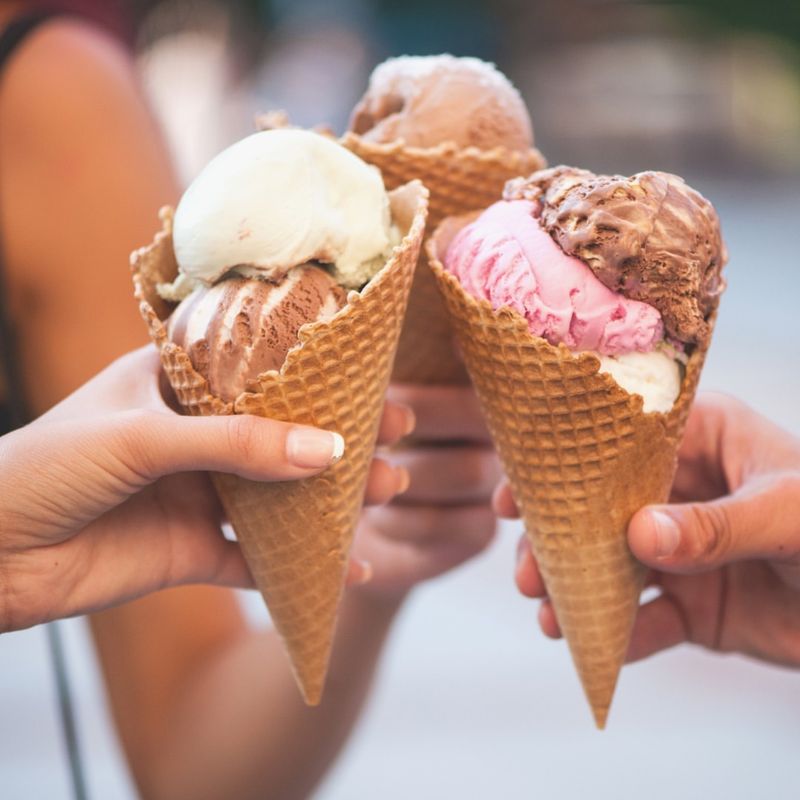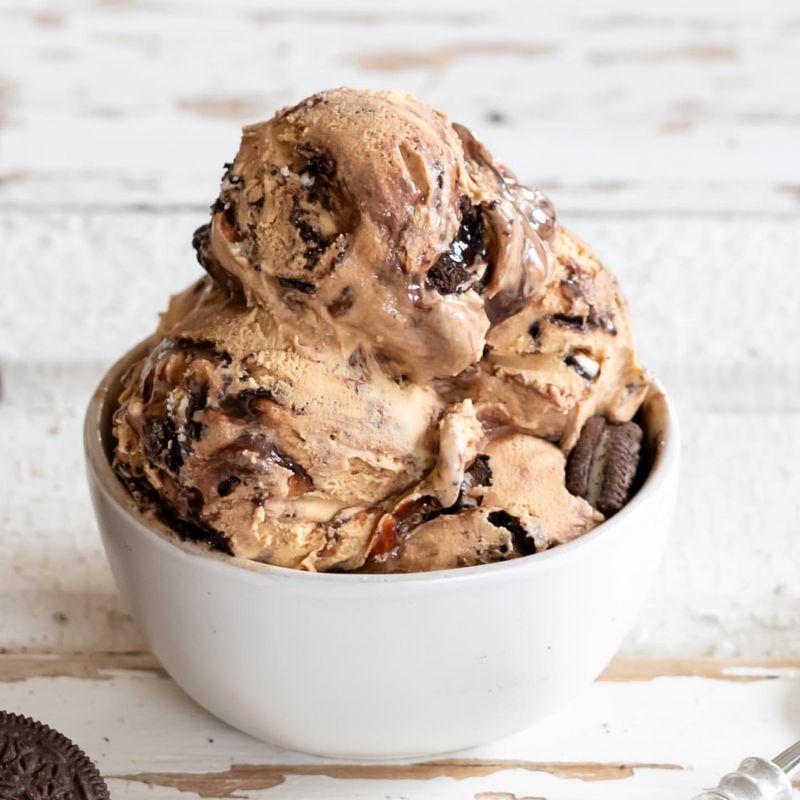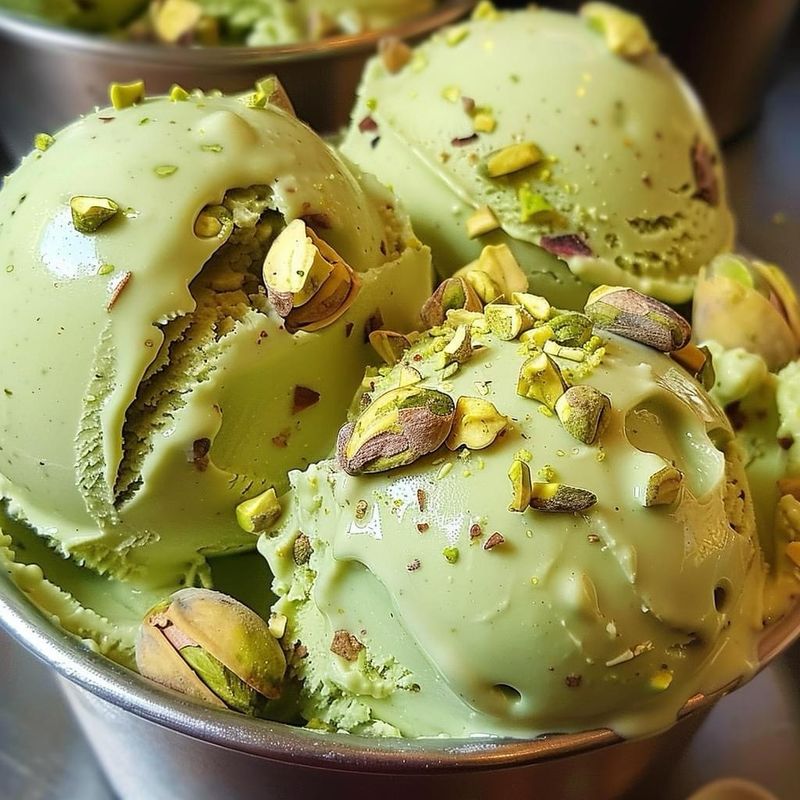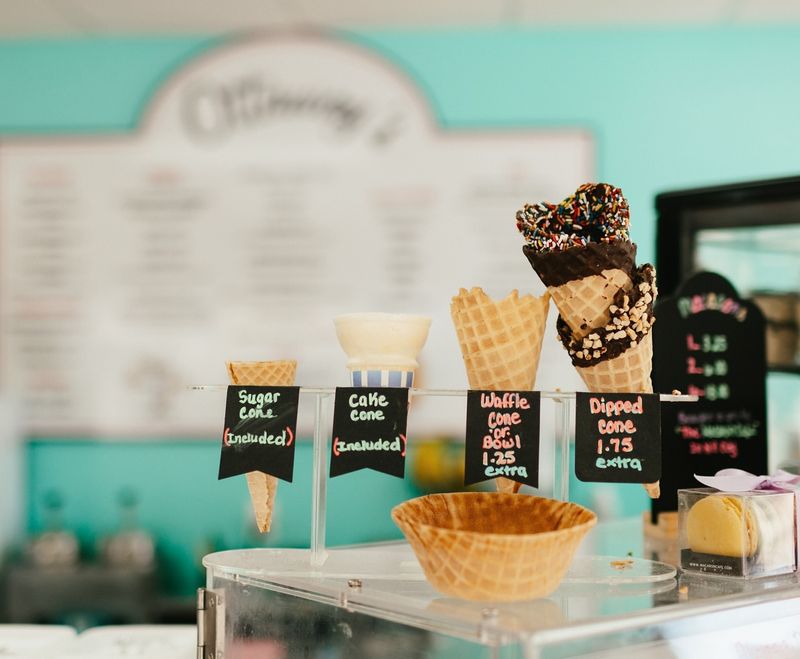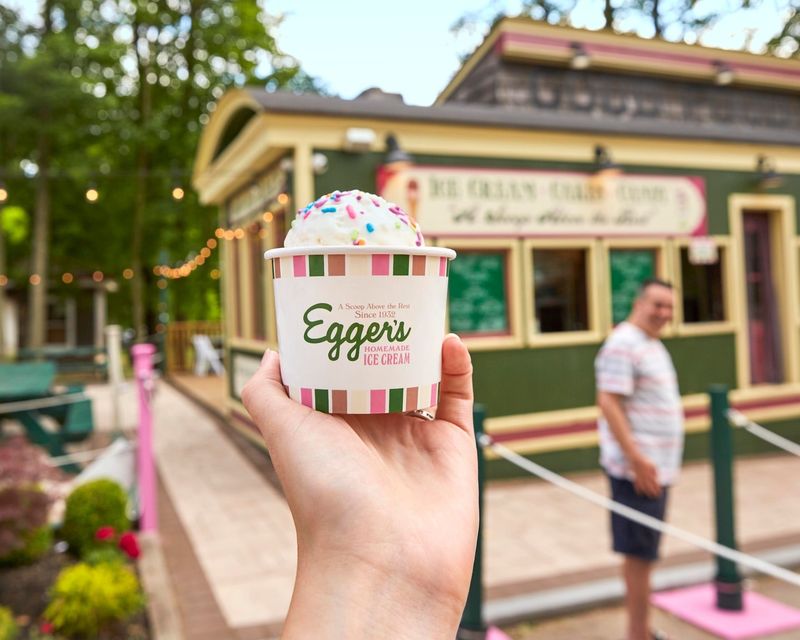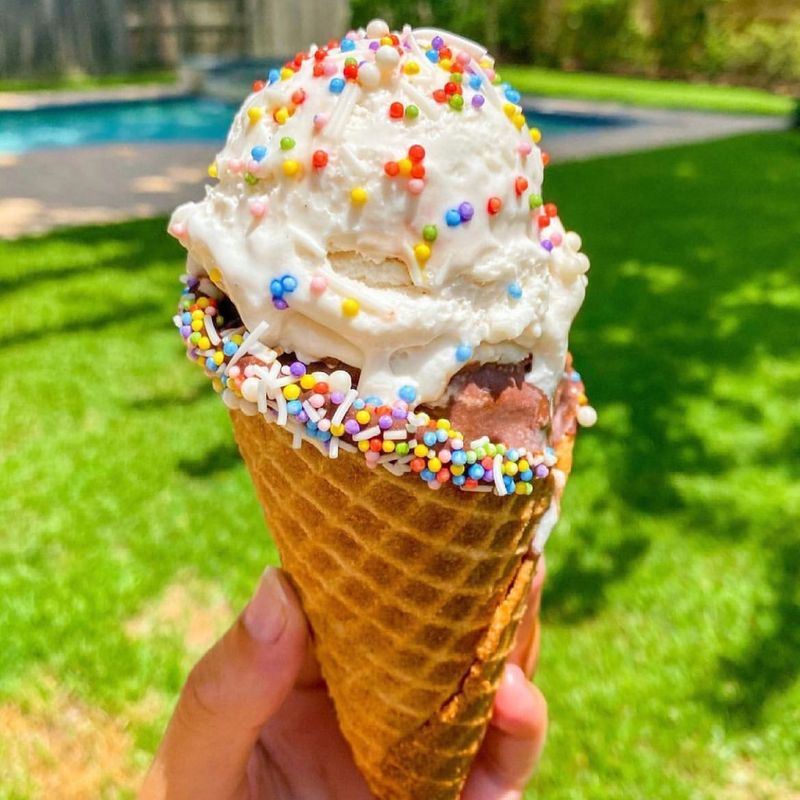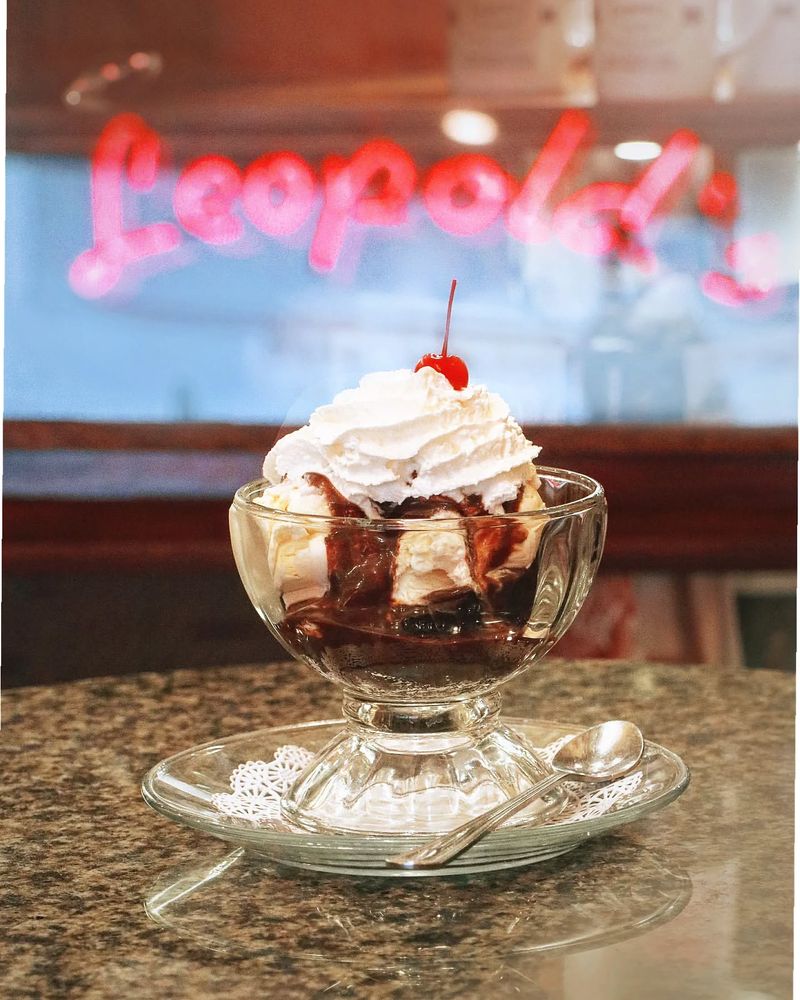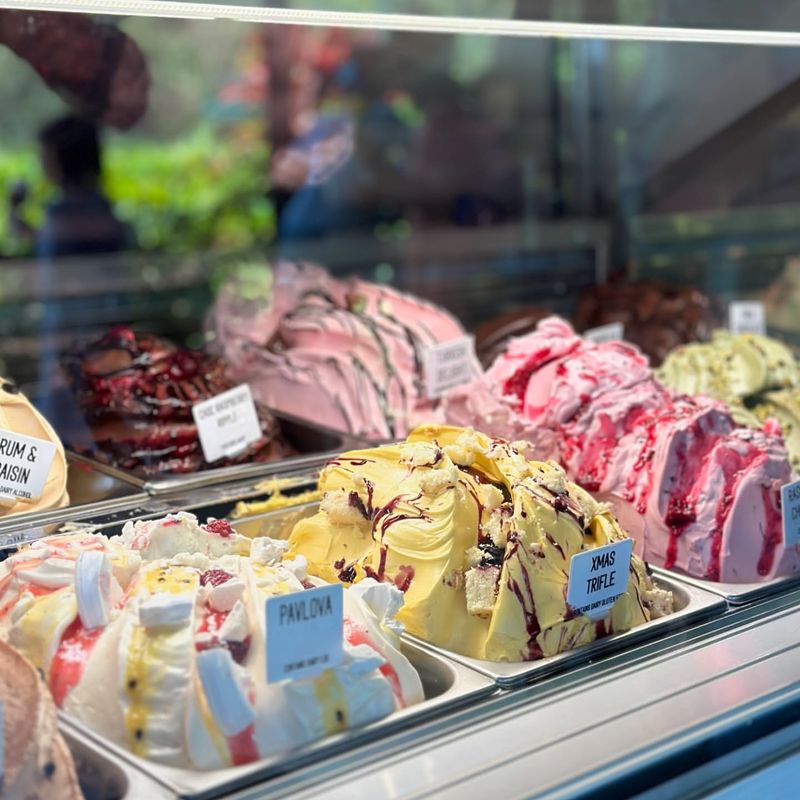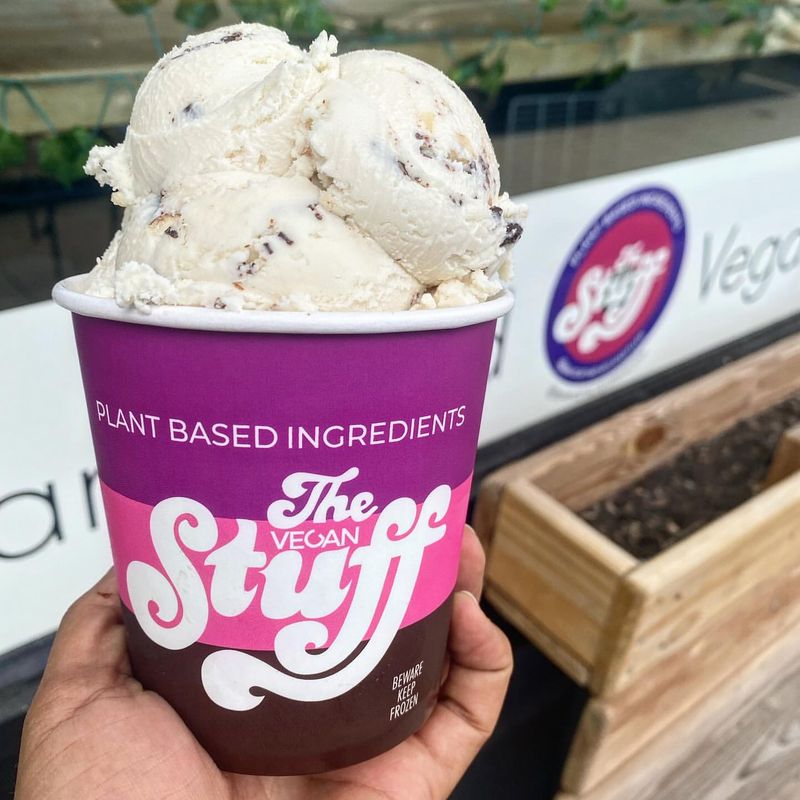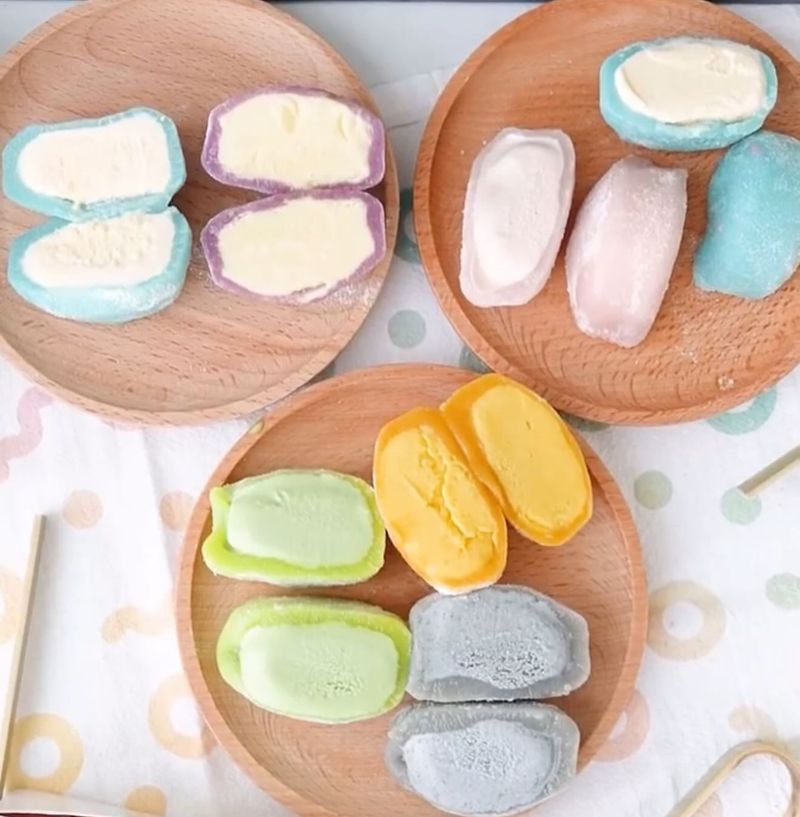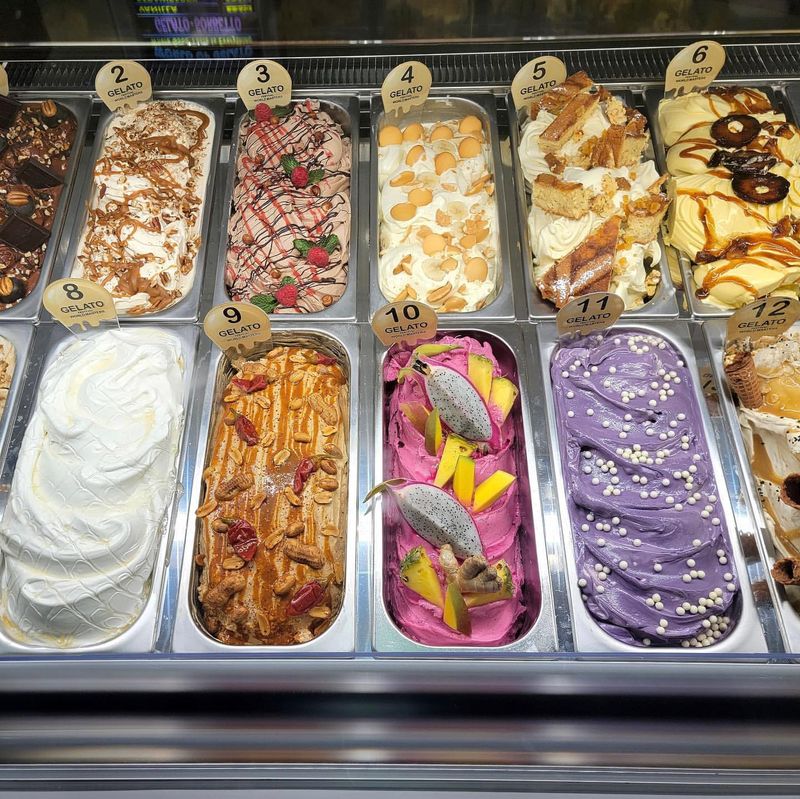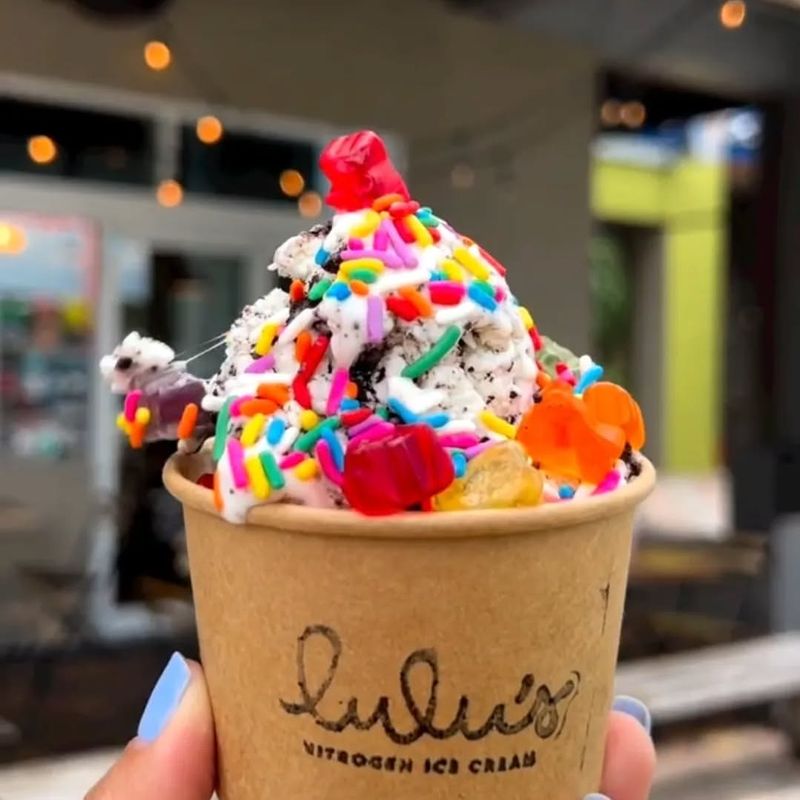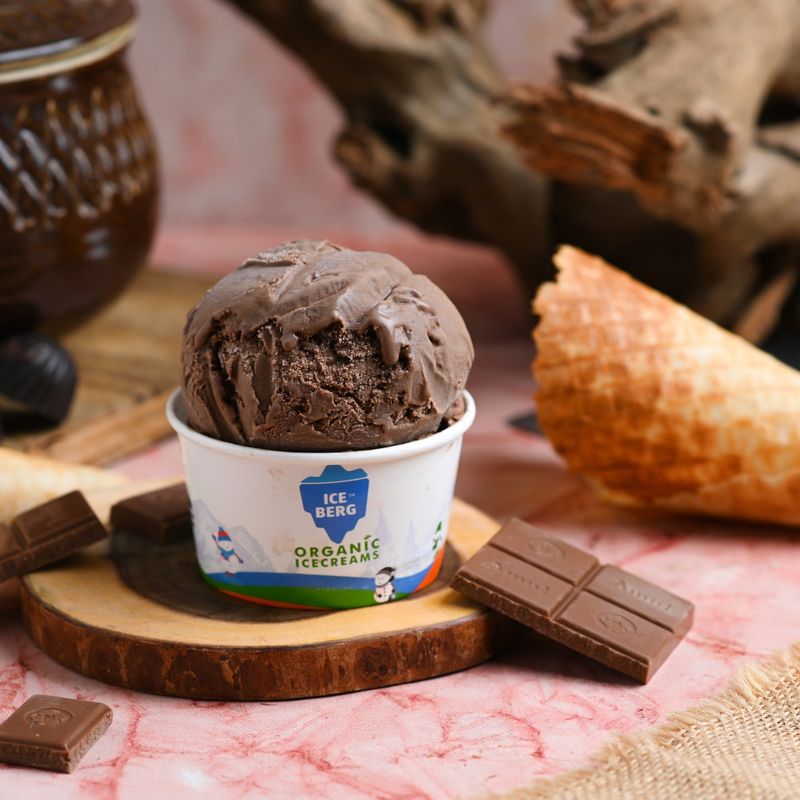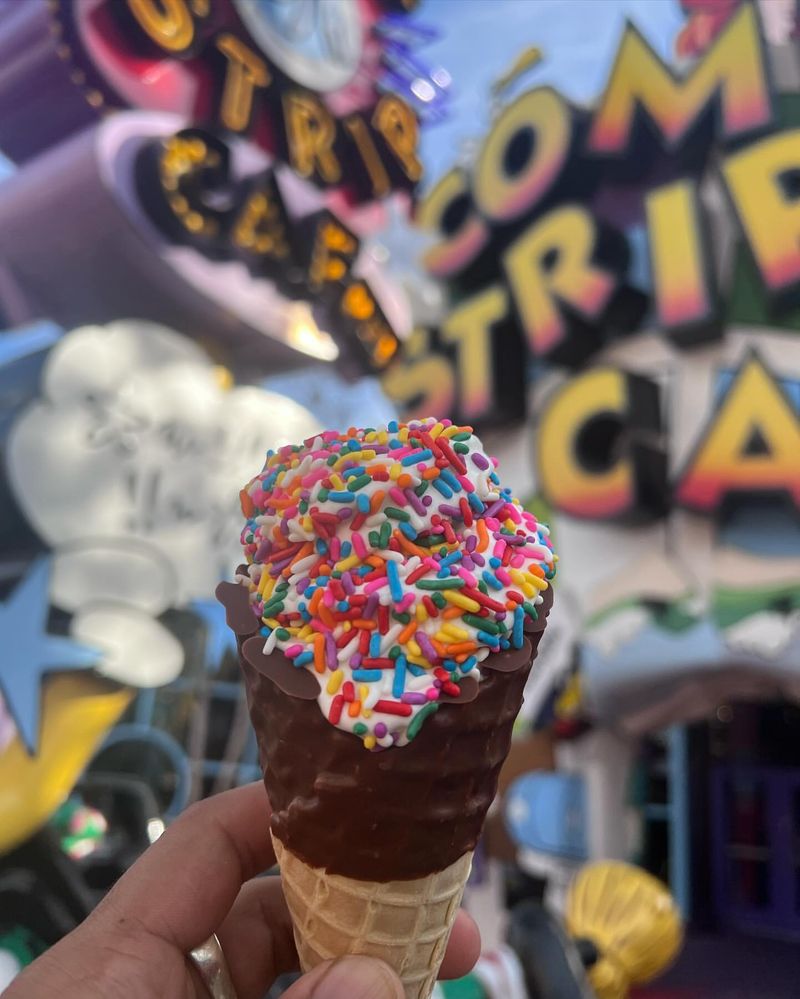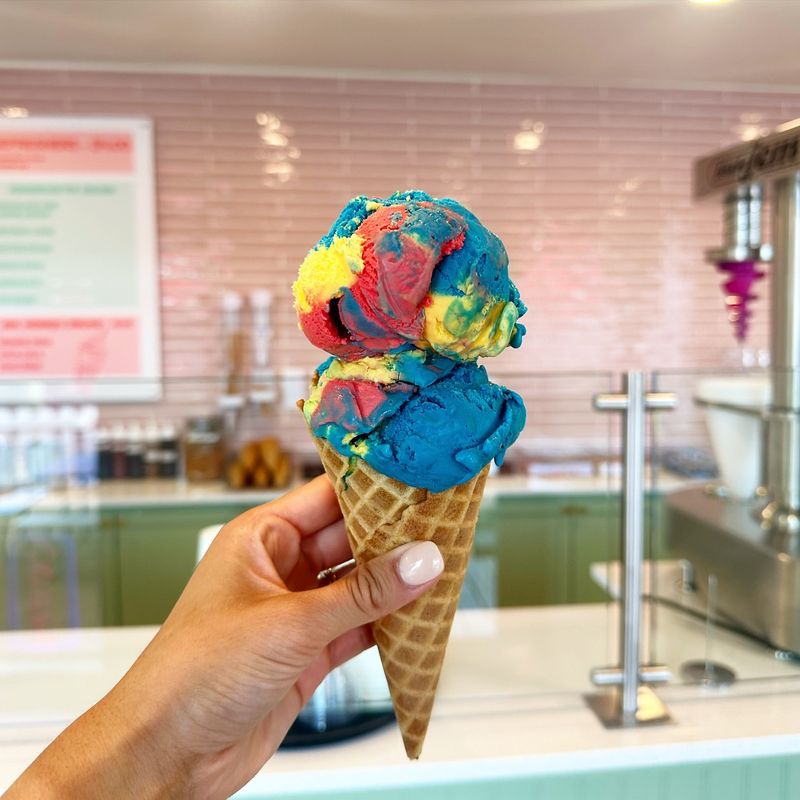Ice cream, a beloved treat enjoyed by millions around the world, has a rich and fascinating history. From its early origins to the modern-day innovations, each fact about ice cream’s past is as delightful as the dessert itself.
It’s a story filled with royal indulgence, creative experiments, and a sprinkle of sweet surprises. Whether served in a cone, cup, or sundae, ice cream’s journey through time is as cool as it is delicious!
1. The Ancient Origins
How did ice cream begin? Around 2000 BC, the Chinese were already enjoying a primitive form of this delightful treat, mixing rice with milk and freezing it with snow. This early experiment laid the groundwork for future dessert innovations.
If we look back, the ingenuity of these ancient dessert makers is truly remarkable. The use of natural resources like snow for cooling showcases their resourcefulness and creativity. Hence, ice cream’s roots are as diverse as its many flavors today.
2. Royal Indulgence in Persia
Where did royalty indulge in frozen treats? Persian kings were among the earliest to enjoy ‘faloodeh,’ a sweet mixture of rose water, vermicelli, and saffron brought to a chilly perfection. This dessert was a royal staple, showcasing the luxurious tastes of ancient Persia.
Among the lavish feasts, frozen desserts were a symbol of wealth and sophistication. With such opulence, it’s not surprising that ice cream eventually became a coveted delight across other cultures.
3. The Roman Empire’s Frozen Delights
What did the Romans savor for refreshment? Roman emperors like Nero are famed for their love of chilled delicacies, combining snow with fruit and honey. This extravagant treat was a testimony to their culinary inventiveness.
Throughout the empire, the use of snow transported from mountains represented luxury and power. These icy creations offered a refreshing escape from the Mediterranean sun, heightening the indulgence factor of Roman banquets.
4. Medieval Arab Innovations
When did sherbet become popular? During the Middle Ages, Arab cultures were refining the art of frozen desserts. By blending fruit juices with sugar and ice, they crafted a sweet treat called sherbet, which would inspire future creations.
In this era of culinary exploration, the Arabs’ use of sugar in frozen desserts marked a significant cultural milestone. Their innovations not only enriched sweet traditions but set the stage for the modern ice cream we know and love.
5. Marco Polo’s Travels
Who brought ice cream to Europe? Marco Polo, the famed explorer, is often credited with bringing back tales of frozen desserts from his travels in China. Although not ice cream as we know it, his stories ignited European imaginations.
Through his adventures, Polo introduced new culinary ideas that would eventually lead to the European adaptation of frozen treats. His influence marked the beginning of ice cream’s journey to becoming a beloved European delicacy.
6. The Italian Renaissance Influence
How did the Renaissance shape ice cream? During this vibrant period, Italian chefs were inspired to perfect gelato, a creamy delight that represented luxury and innovation. With the introduction of dairy, gelato became a richer, smoother dessert.
Across Italy, serving gelato at social gatherings became a fashionable trend, reflecting the era’s love for art and culinary excellence. This renaissance in dessert making paved the way for ice cream’s evolution across Europe.
7. A French Revolution in Flavor
If you were in France during the 17th century, you’d have witnessed a culinary revolution. Paris was the first to embrace the idea of public ice cream parlors, offering a variety of flavors to eager customers.
This democratization of ice cream meant that it was no longer reserved for the elite. The availability of such treats in public spaces marked a shift in social dining, making ice cream accessible to everyday citizens.
8. The English Ice Cream Craze
Where did the English enjoy their ice cream? In the 18th century, ice cream was all the rage in England, particularly during the Victorian era. Parks and public spaces became gathering spots for ice cream lovers.
Though initially a luxury for the aristocracy, these frozen treats quickly became a beloved pastime for all. The widespread appeal of ice cream during this time captured the essence of British social culture, blending leisure with indulgence.
9. Colonial America’s Icy Treats
However challenging it might have been, colonial Americans found ways to enjoy ice cream. Hand-cranked churners allowed them to create this delectable dessert, often reserved for special occasions.
In those early days, ice cream was a rare but cherished treat, symbolizing celebration and community. How wonderful it must have felt to indulge in this luxurious dessert amidst the simplicity of colonial life!
10. First Ice Cream Parlor in America
Philadelphia holds the honor of hosting America’s first ice cream parlor, established in 1790. Customers flocked to enjoy this novel experience, marking a new era in American dining culture.
This establishment set the stage for the proliferation of ice cream parlors across the nation, offering a social space for enjoyment and relaxation. Where better to savor ice cream than in the vibrant atmosphere of a bustling parlor?
11. Industrial Revolution and Ice Cream
When the Industrial Revolution rolled in, it transformed ice cream manufacturing. Innovations like mechanical refrigeration allowed for mass production, making this once-exclusive treat widely available.
The advances in technology not only reduced costs but improved distribution, bringing ice cream to a broader audience. This period marked a significant turning point, making ice cream a staple in the American culinary landscape.
12. The Invention of the Ice Cream Cone
If you’ve ever wondered about the ice cream cone’s origins, look no further than the 1904 World’s Fair in St. Louis. A clever vendor transformed waffles into cones, offering a portable way to enjoy ice cream.
This inventive idea quickly caught on, changing how people consumed their favorite treat. With its combination of convenience and novelty, the ice cream cone became an enduring symbol of summertime fun and creativity.
13. The Rise of Ice Cream Trucks
How did ice cream become a mobile delight? The 1950s saw the rise of ice cream trucks, bringing treats directly to neighborhoods. The familiar jingle became a beloved sound, drawing eager children and adults alike.
Through this innovative approach, ice cream vendors expanded their reach, creating a sense of community and nostalgia. The joy of seeing an ice cream truck remains a timeless part of childhood memories, linking generations through shared experiences.
14. The Sundae’s Sweet Beginnings
Where did the sundae originate? American soda fountains in the late 19th century claim the invention of this delicious combination of ice cream, syrup, and toppings.
If you imagine the joy of crafting your perfect sundae, you’ll understand its lasting appeal. This versatile treat encourages creativity, allowing each person to tailor it to their taste. With endless possibilities, the sundae remains a favorite in ice cream parlors worldwide.
15. Ben & Jerry’s Impact on Ice Cream Culture
How did Ben & Jerry’s shape modern ice cream culture? Founded in the 1980s, this iconic brand introduced new flavor combinations and a commitment to social responsibility.
Their innovative approach not only delighted taste buds but fostered a sense of community and ethical business practices. Through their creative flavors and playful branding, Ben & Jerry’s transformed the ice cream industry, setting a new standard for quality and social impact.
16. The Globalization of Ice Cream
If you’ve traveled, you’ve likely noticed ice cream’s universal appeal. Its globalization means that no matter where you go, you’re bound to find local variations of this beloved treat.
Though flavors and presentations may differ, the joy of savoring ice cream remains constant. This widespread popularity showcases ice cream’s ability to transcend cultures, bringing people together through a shared love for sweetness and innovation.
17. The Vegan Ice Cream Revolution
Where did the vegan ice cream movement begin? In recent years, the demand for plant-based diets has led to a surge in vegan ice cream options. This revolution offers delicious alternatives for those seeking dairy-free indulgence.
With creative plant-based ingredients, these frozen treats retain the creamy texture and rich flavors of traditional ice cream. The rise of vegan options highlights a growing trend towards sustainability and inclusivity in the dessert world.
18. Japanese Mochi Ice Cream
Have you ever tasted mochi ice cream? This Japanese creation wraps ice cream in a soft, chewy rice dough, offering a unique texture and flavor experience.
Through this fusion of traditional mochi and modern ice cream, Japanese dessert shops have captivated taste buds worldwide. The popularity of mochi ice cream reflects the global trend of blending culinary traditions, creating innovative and delightful new treats.
19. Artisanal Ice Cream Trend
If you’re a fan of unique flavors, the artisanal ice cream trend is for you. These small-batch creations focus on quality ingredients and innovative flavor combinations, offering a personalized ice cream experience.
Though these treats may come at a premium, their craftsmanship and creativity make them worth the splurge. Artisanal ice cream represents a return to quality and individuality in a world of mass production, celebrating the artistry of dessert making.
20. Ice Cream in Pop Culture
Where does ice cream appear in pop culture? From vintage advertisements to iconic movie scenes, ice cream has been a beloved symbol of joy and indulgence.
Throughout history, its portrayal in media has reinforced its status as a timeless treat. Whether as a refreshing snack or a symbol of celebration, ice cream’s presence in pop culture underscores its enduring appeal and universal charm.
21. The Science of Ice Cream
How does science enhance our ice cream experience? Researchers are continually exploring new ways to improve texture, flavor, and nutritional value.
If you appreciate the perfect scoop, you can thank advancements in food science for the consistency and taste. These innovations ensure that ice cream remains a beloved dessert, satisfying cravings and delighting senses with every bite.
22. Ice Cream Festivals Around the World
Have you ever attended an ice cream festival? These vibrant events celebrate the joy of ice cream, bringing communities together through tastings, competitions, and creative showcases.
Throughout the world, such festivals highlight local flavors and inspire culinary innovation. They offer a unique opportunity to explore diverse ice cream creations, fostering appreciation for this beloved dessert in all its forms.
23. The Future of Ice Cream
What does the future hold for ice cream? As technology and sustainability drive culinary innovation, we can expect exciting developments in flavor, production, and presentation.
Hence, the future of ice cream promises endless possibilities, blending tradition with modernity. Whether through new ingredients or cutting-edge techniques, ice cream is poised to remain a cherished treat, adapting to the tastes and desires of future generations.


